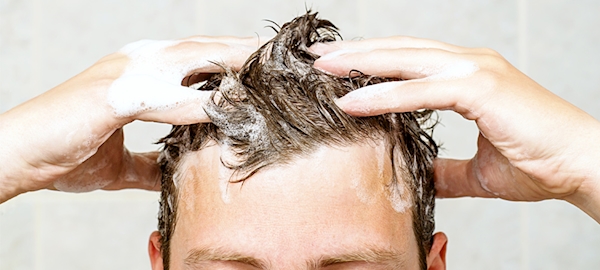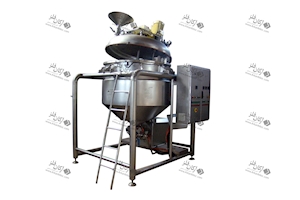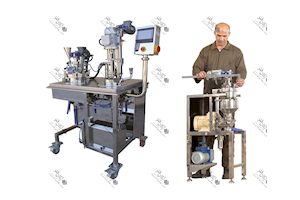Manufacture of Shampoos

Manufacture of Shampoos
Shampoos are a mixture of surfactants, conditioning agents and many other ingredients in an aqueous base. In addition to basic shampoos which simply clean the hair, there are products designed for specific hair types; “2-in-1” shampoos and conditioners; products which offer properties such as treatment of dandruff; UV protection; some degree of coloring (although most hair colorants are based on conditioners rather than shampoos); and “medicated” products. Consequently formulations vary widely
The Process
A typical manufacturing process would be as follows:
• Water is metered into the process vessel. This is often heated to around 130-140˚F (55-60˚C) to aid dilution/hydration of other ingredients.
• The first ingredient added is normally the surfactant, as other additives, particularly those which affect viscosity, can make dilution of the surfactant more difficult.
• Conditioners and other ingredients are added.
• pH is adjusted to the required level.
• Sodium chloride or other viscosity modifiers are added last, along with color and fragrance.
The Problem
A number of problems can be encountered when using conventional agitators:
• Aeration must be avoided, as this can lead to clouding of clear shampoos, and
problems where packaging is filled by volume rather than weight.
• “High Active” products require special handling, see Application Report “Dilution of
High Active Surfactants.”
• Silicones are immiscible with water and can be chemically incompatible with some
surfactants, making them very difficult to emulsify or suspend.
• Agitators do not produce sufficient shear to reduce silicones to the finest possible
droplet size and obtain a stable emulsion/suspension. They will tend to vortex,
increasing aeration.
• Many ingredients have a much higher viscosity than water. When blending these with
an agitator, the higher viscosity material can form globules which are simply washed
around without being diluted/dispersed.
• Thickening agents such as carbomers, and cellulose or gum based products may
require high shear mixing to be “activated.”
• The addition of sodium chloride becomes increasingly difficult as the viscosity rises.
• Vigorous agitation is required to overcome these problems, however, with conventional agitators this can lead to aeration.
The Solution
These problems can be overcome by the use of a Arkan Felez mixer, typically an In-Line mixer added to the existing process. Batch mixers and the Arkan Felez mixing system can also be used.
The Advantages
• The high shear mixing action of a Silverson can rapidly blend liquids of widely differing viscosities.
• The In-Line mixer, pipework and vessel form a closed system, eliminating aeration.
• Dramatic reduction in mixing times.
• Significantly better yield of thickening agents than can be achieved by traditional methods.
• Consistent product quality and repeatability.
Vacumm Mixer Homognizers of Arkan Felez Company
Vacumm Mixer Homognizer - LAB Series








